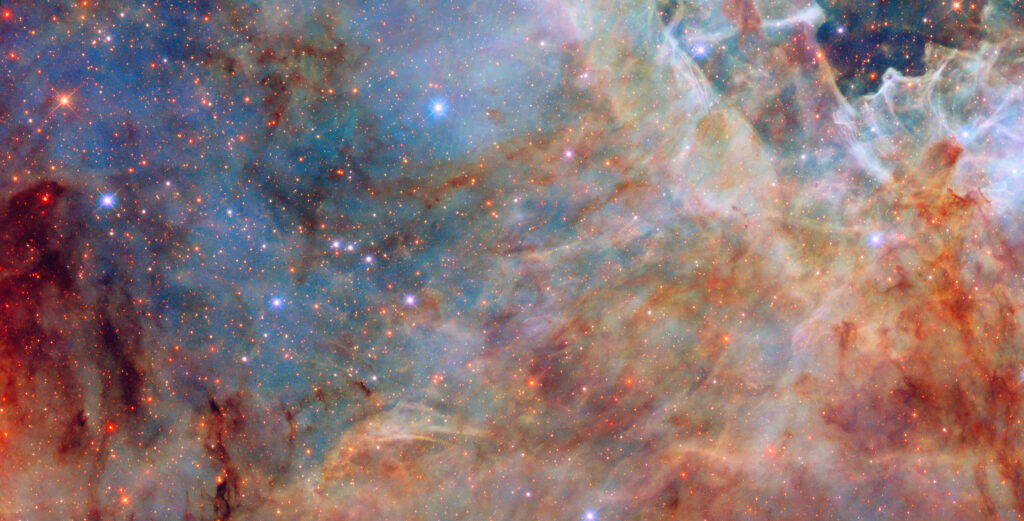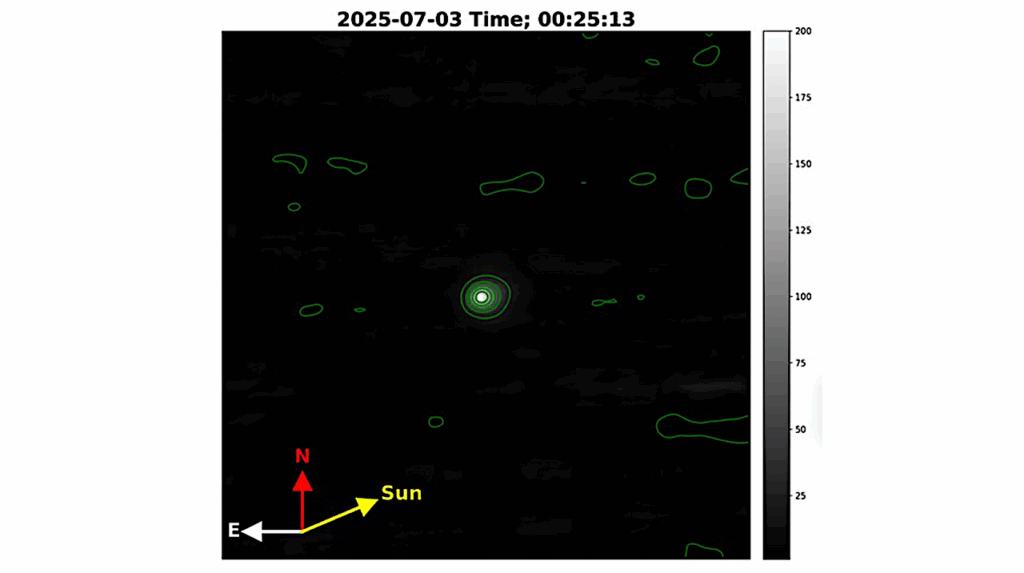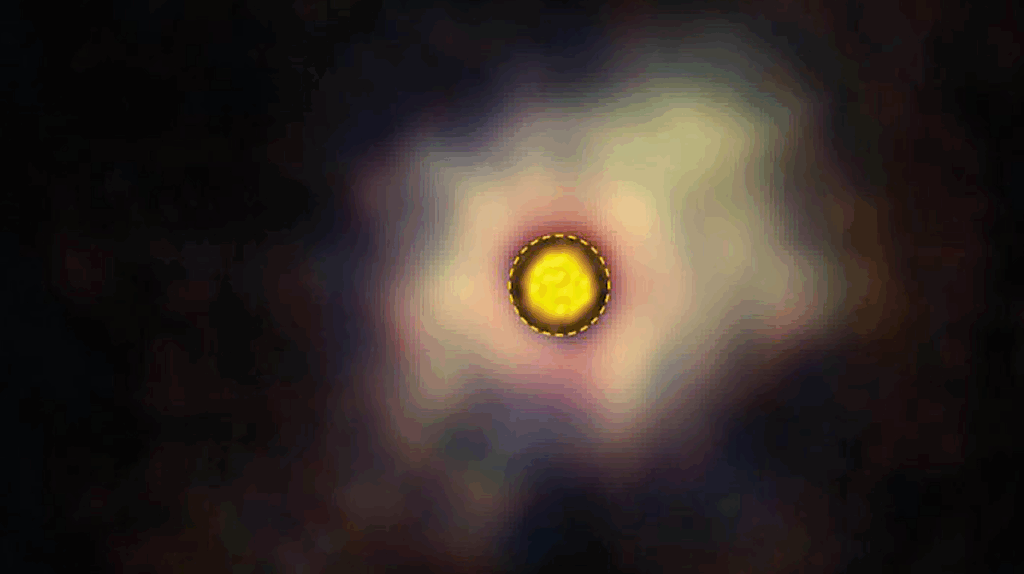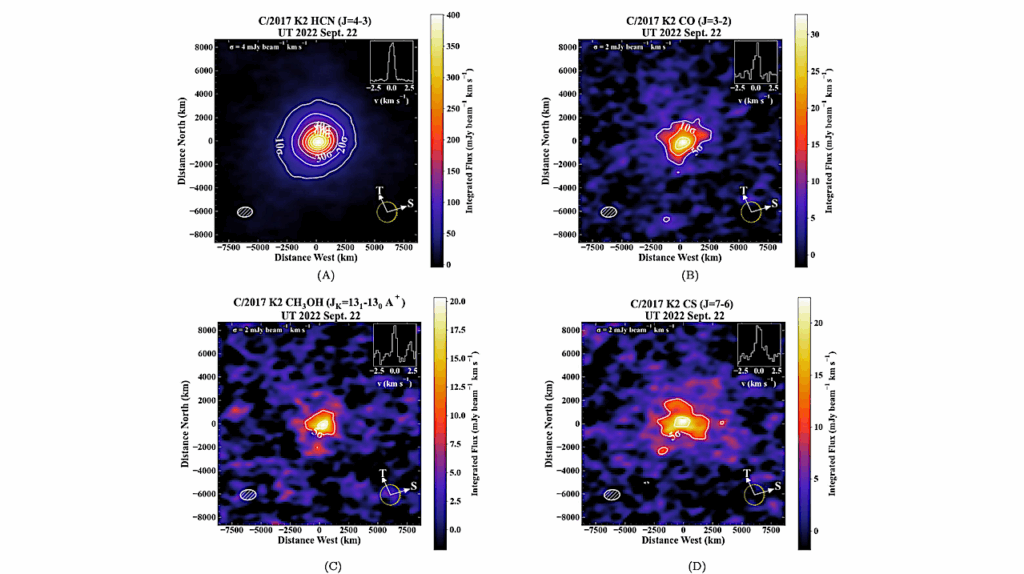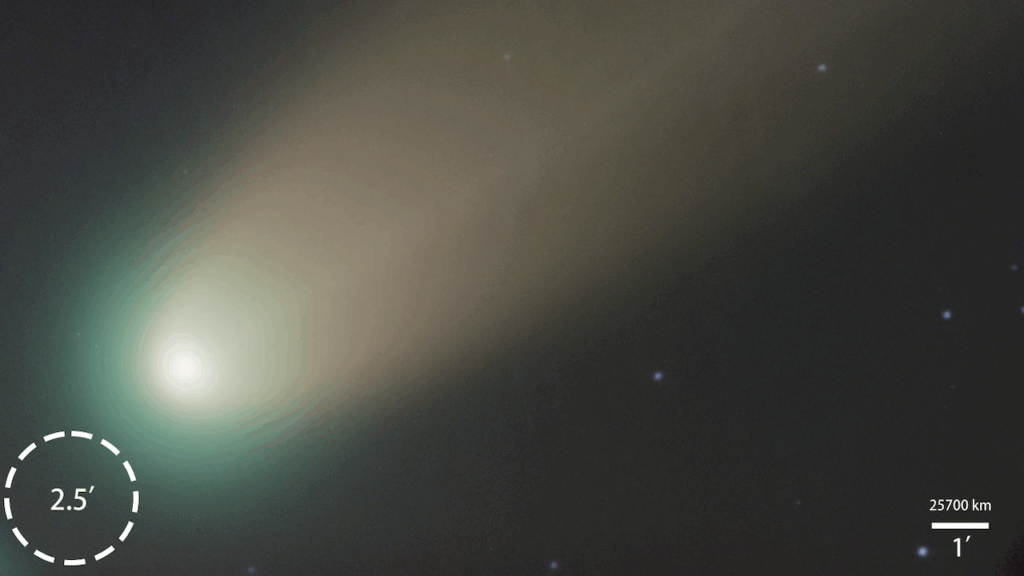Meteorite Petrology Versus Genetics: Toward A Unified Binominal Classification
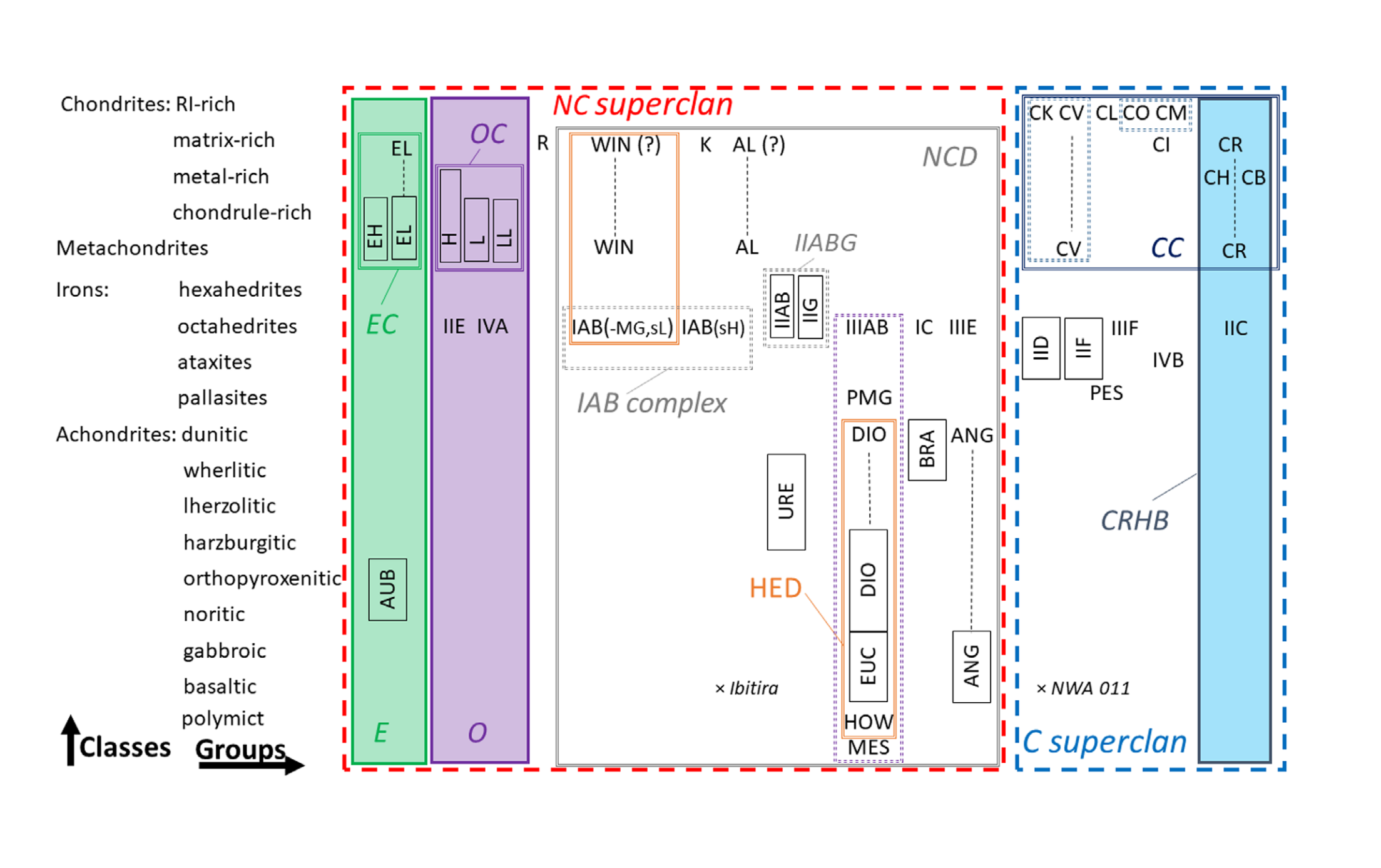
The current meteorite taxonomy, a result of two centuries of meteorite research and tradition, entangles textural and genetic terms in a less than consistent fashion, with some taxa (like shergottites) representing varied lithologies from a single putative parent body while others (like pallasites) subsume texturally similar objects of multifarious solar system origins.
The familiar concept of group as representative of one primary parent body is also difficult to define empirically. It is proposed that the classification becomes explicitly binominal throughout the meteorite spectrum, with classes referring to petrographically defined primary rock types, whereas groups retain a genetic meaning, but no longer tied to any assumption on the number of represented parent bodies.
The classification of a meteorite would thus involve both a class and a group, in a two-dimensional fashion analogous to the way Van Schmus and Wood decoupled primary and secondary properties in chondrites. Since groups would not substantially differ, at first, from those in current use de facto, the taxonomic treatment of normal meteorites, whose class would bring no new information, would hardly change.
Yet classes combined with high- or low-level groups would provide a standardized grid to characterize petrographically and/or isotopically unusual or anomalous meteorites (which make up the majority of represented meteorite parent bodies) for example, in relation to the carbonaceous/noncarbonaceous dichotomy. In the longer term, the mergers of genetically related groups, a more systematic treatment of lithology mixtures, and the chondrite/achondrite transition can further simplify the nomenclature.
Emmanuel Jacquet
Comments: 21 pages, 4 figures
Subjects: Earth and Planetary Astrophysics (astro-ph.EP)
Cite as: arXiv:2209.07377 [astro-ph.EP] (or arXiv:2209.07377v1 [astro-ph.EP] for this version)
https://doi.org/10.48550/arXiv.2209.07377
Focus to learn more
Journal reference: Jacquet E. (2022). Meteoritics and Planetary Science 57:1774-1794
Related DOI:
https://doi.org/10.1111/maps.13896
Focus to learn more
Submission history
From: Emmanuel Jacquet
[v1] Thu, 15 Sep 2022 15:44:09 UTC (1,181 KB)
https://arxiv.org/abs/2209.07377
Astrobiology, Astrogeology, Astrochemistry



